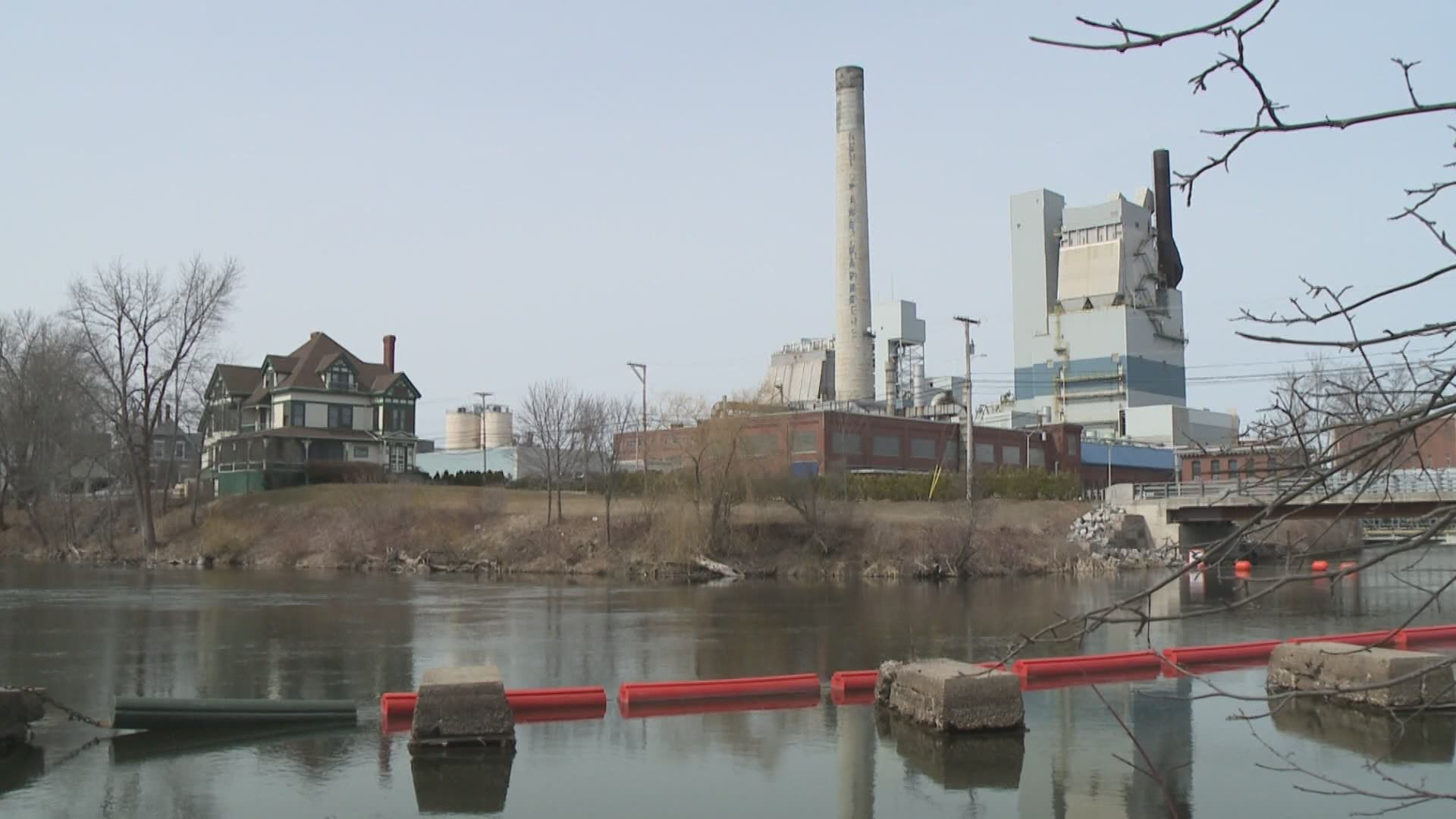PORTLAND, Maine — For decades, Maine was a top dog in the paper industry, and there were many reasons our state was such a highly sought after place to set up mills. Michael Hillard is a professor of Economics at the University of Southern Maine. He writes about the rise and the fall of the industry in his book, Shredding Paper.
"It was mainly made from cloth rags because you need a real material with fiber in it to make paper," Hillard explains. "What happened with the Industrial Revolution, population explosion, literacy explosion is that there weren’t enough cloth rags to feed this new growing industry. So right about the time the whole country of the United States became known for its mass production revolution in the end of the 19th century, paper was looking for a way to be in on that."
"When it came to locating the factories to mass produce this paper you have this set of geographical ingredients that weren’t everywhere: rivers, rivers with waterfalls - meaning you could do hydroelectric power, in the heart of a huge forest, so the right kind of trees. That sort of geographical profile, and the only place in the United States that had that was Maine," Hillard says.
Over six years, Hillard interviewed 150 people involved in the paper industry, and did a lot of research to learn more about the workers, the employers, and the challenges they faced. Many of those challenges were health related. Shift work meant strange hours and a lack of sleep. The employees were exposed to dangerous chemicals.
"But the employers recognized that they needed the allegiance of their workers so they built a kind of generous paternalism," Hillard explains. "Higher wages, more benefits, but also kind of an attitude of having a strong relationship with the workers, and that persisted for generations."
Hillard also writes about the decay of those relationships. "When these paper mills in Maine merged with big companies like Scott and Georgia Pacific and International Paper in the 60s and 70s, all of those understandings that people have built up over the years kind of started to go away and the workers in many cases rebelled against their new managers."
"It was really the reach of Wall Street coming in and undermining the competency of the workers and the engineers in the mills, that are running product lines into the ground, making bad decisions," Hillard says. "Scott Paper, which owned three Mills in Maine, including the former SD Warren mill was struggling in the 1990s to try and maintain that competence. When recession and a couple poor quarters happened, Wall Street came in and put in this guy 'Chainsaw Al' Dunlap - who is famous for ripping apart companies, laying off workers, breaking up companies. So in two years he eliminated about 40% of the jobs in Scott, but the shareholders walked away with $6-billion in profit. And out of that came the destruction of the historic Hollingsworth and Whitneigh mill in Winslow, which was shut down in 97."
Hillard writes about the people he spoke with through his interviews. Some remembered the founders of the mills; or at least their legacies, "They said these guys would be rolling in their graves if they knew what these outsiders were doing to their companies."
To learn more about Shredding Paper, click here.

